 [The headline on his April 23, 2021 New York Times obituary reads, “Allon Schoener, 95, Dies; Curator Caught in Furor Over ‘Harlem’ Show.” It opens,
[The headline on his April 23, 2021 New York Times obituary reads, “Allon Schoener, 95, Dies; Curator Caught in Furor Over ‘Harlem’ Show.” It opens,
“Allon Schoener, the curator who organized the Metropolitan Museum of Art’s infamous 1969 show ‘Harlem on My Mind,’ which caused protests that stopped traffic on Fifth Avenue because it didn’t include any paintings or sculptures by Black artists, died on April 8 in Los Angeles. He was 95.”
More than half a century later, that curatorial project clearly defines Schoener’s legacy. I played a small role in that, by reviewing the controversial exhibition in my Village Voice column, which, less than a year after I initiated it, had just entered its second calendar year.
As he had in previous curatorial efforts (e.g, “The Lower East Side: Portal to American Life 1870-1924,” mounted at the Jewish Museum in 1966), Schoener took his structural cue from Edward Steichen’s 1955 Museum of Modern Art group show, “The Family of Man.” Then (and still) the most widely attended photo exhibit of all time, Steichen’s magnum opus had pioneered a major shift in the organization and presentation of museum-scale shows, moving from the relatively sedate conventional exhibition format to extravagant, immersive, eventually multimedia spectacle. (“This show will really grab the people, an electronic theater,” Schoener said at the time.)
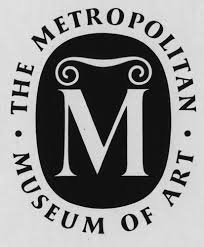 Pulling this off with materials from the other visual arts — painting, sculpture, graphics — would pose a greater challenge, or at least a different one. In fact, I don’t know of an instance in which the imagery of such works, detached from the physical objects that embody them, enlarged or reduced according to curatorial whim, have undergone a comparable collaging. But that may just reflect ignorance on my part. In any case, perhaps because photography in the post-WWII era had no substantial museum-display tradition, it proved particularly susceptible to such reconfiguration.
Pulling this off with materials from the other visual arts — painting, sculpture, graphics — would pose a greater challenge, or at least a different one. In fact, I don’t know of an instance in which the imagery of such works, detached from the physical objects that embody them, enlarged or reduced according to curatorial whim, have undergone a comparable collaging. But that may just reflect ignorance on my part. In any case, perhaps because photography in the post-WWII era had no substantial museum-display tradition, it proved particularly susceptible to such reconfiguration.
Nostalgia can cast its warming glow over just about anything. Schoener’s project has undergone some reconsideration, as the Times obit reflects, though directed more at the catalog version — withdrawn from distribution at the time due to the uproar over an antisemitic essay therein, only to find itself reprinted in 1995 and again in 2007 — than at the exhibition as staged, whose particulars endure only in installation shots. That some have fond (if fading) memories of it, with others finding aspects of it valuable today, should come as no surprise. Just about any extensive gathering of documentary photographs about any subject improves over time in our estimation, especially if no subsequent effort supplants it; and its unintentional usefulness as a teaching and learning moment re curatorial and institutional presumption has become Schoener’s most enduring legacy.
A note re historical context: Over the decades (though not at the time), some readers of this essay have attributed its critical position as an effort at “political correctness.” This charge is historically uninformed. In 1969 that term had not yet entered its peculiar second life as an approbative locution amongst academic Marxists and others of the new left. Indeed, it still carried the pejorative connotations of its origins in Leninist and Stalinist polemics. As a red-diaper baby, my parents having broken with the CPUSA over exactly such knee-jerk denunciations, I had no aspiration to produce anything remotely P.C. — exactly the opposite, in fact. So, if you feel the need to slap a political label on this, call it premature anti-fascism.
 In any case, I found myself more in sympathy with those artists picketing the show — including photographers Roy DeCarava, Beuford Smith, and other members of the Kamoinge Workshop, who for decades had documented Black life in general and the Harlem scene specifically — than with Schoener and his collaborators, however well-intentioned. Worth noting that this constituted one of the earliest public protests over curatorial and museum practice (probably the very first at the Met), a form of opposition that has become familiar to us today.
In any case, I found myself more in sympathy with those artists picketing the show — including photographers Roy DeCarava, Beuford Smith, and other members of the Kamoinge Workshop, who for decades had documented Black life in general and the Harlem scene specifically — than with Schoener and his collaborators, however well-intentioned. Worth noting that this constituted one of the earliest public protests over curatorial and museum practice (probably the very first at the Met), a form of opposition that has become familiar to us today.
You’ll find audio files of a 1969 symposium held at the Met in conjunction with the show here. A brief account of the protest appears at this Wikipedia page. Click here for a 2015 recollection of his teenage visit to the show by New York Times art critic Holland Cotter, “What I Learned From a Disgraced Art Show on Harlem,” and click here for a 2021 reconsideration of the show and its ramifications, “‘Harlem on Whose Mind?’: The Met and Civil Rights,” authored by members of the Met staff, published earlier this year at the museum’s blog.
My review appeared in the January 23, 1969 issue of the Village Voice; I reprinted it in my 1979 collection of essays, Light Readings. — A.D.C.]
•
Christmas Gift: “Harlem on My Mind”
“Harlem On My Mind: Cultural Capital of Black America, 1900-1968,” the mixed-media photo show which opened to the public Saturday at the Metropolitan Museum of Art, is such a ghastly mistake — on every conceivable level — that I am left awestruck at the monumentality of its failure.
•
In Museum Director Thomas P. F. Hoving’s preface to the book version of the exhibit a number of amazing statements are made, the general thrust of which is that “Harlem On My Mind” will probably be attacked as too daring and too gutsy, but damn the torpedoes and full speed ahead. This self-laudatory paean reaches its pinnacle with Hoving’s proclamation that “‘Harlem On My Mind’ is Humanism.” (Note that capital H.)
“Harlem On My Mind” may be Humanism to Hoving, but to me it’s a staggering display of honky chutzpah. Blacks who have lived in Harlem are entitled — though assuredly not prone — to sentimentalize this ghetto. The white cultural establishment and its individual members — none of whom have lived there, and few of whom have even visited the area — are not. That hasn’t stopped them from trying, though, nor has it prevented them from spending a quarter of a million dollars in the attempt.
A visual version of slumming, this show skims the surface of life in Harlem (at great length, it must be admitted) without ever probing to the horror beneath. To be sure, a previously uninformed viewer will emerge from the exhibit with the impression that life, recognizable human life, goes on in Harlem pretty much as it does elsewhere, with the exception of a few details. Perhaps that is an accomplishment of sorts. But it is those details which are of the greatest importance. How come — in this entire exhibit, 13 huge rooms of it — not a single photograph of a cockroach or a rat?
Now that would have been a radical achievement — a room devoted to the vermin of Harlem, with still photos, slides, and films of roaches, lice, and rats crawling over babies, adults, food, toothbrushes, to the accompaniment of a tape playing, over and over, the obscene scuttling noises of rodents in the walls. But that might be a little too strong, even for the Met’s capital-H Humanists.
So, safe as milk, the show avoids those particular residents of the slums. Oh, you see poverty all right, but not much from the present day, mostly from the past (militancy is the theme of the present-day room; poverty comes two or three rooms earlier, implying that the poverty is no longer there.) If I were that uninformed viewer mentioned above, I’d walk away from this show asking “What do these people want?” The show itself certainly gives no indication.
But I am making it sound as though “Harlem On My Mind” is a piece of deliberate, insidious propaganda. It isn’t. It’s the Met’s Christmas gift to its sponsors’ faithful retainers everywhere, a patronizing but well-meant handout. If the show had been intended as malicious propaganda, it might at least have been, like Triumph of the Will, intellectually challenging. However, the exhibit’s obviously unconscious, off-handed racism — such as the title, taken from, of all sources, an Irving Berlin song — makes it merely dull.
•
Representatives of the black community are picketing the show, claiming (correctly) that it gives a totally false picture of Harlem. They should be joined in their protest by all the photographers whose work is included in the show, since, on purely aesthetic and technical grounds, “Harlem On My Mind” violates photography repeatedly.
There is evidence aplenty that Allon Schoener, coordinator of this exhibit, and his fellow workers have read Marshall McLuhan and really tried to do something original and avant-garde. There are photos all over — on towering columns, on walls, on ceilings, on tv screens, everywhere photographs, more than you can shake a stick at. But one can look at just so many photographs on any subject unaccompanied by informative text before they all begin to look the same. Here they are lumped together, in no order save chronology, hung in clumps on the walls, grouped in fives and sixes for no apparent reason, certainly without any visual harmonies or correlations. What a waste of so many fine photographers — Aaron Siskind, Todd Webb, Gordon Parks, Ken Heyman, Lee Friedlander, and Bruce Davidson among them.
•
Schoener’s omnipresent lack of real imagination permits him to hide in a dim corner a Helen Levitt photograph which should have been the opening shot — a chalk-drawn picture of a push-button scrawled on a Harlem wall, with these words beside it: “Button to Secret Passage — Press.” That same lack of imagination forces him to resort to fatuous self-defeating gimmicks for impact. For instance, there is a huge (14×52-foot) photo-mural of the Reverend Adam Clayton Powell, Sr., with his Sunday school class, of which the Met’s press releases are inordinately proud. The room in which this print is on exhibit, however, is so filled with other clutter — plywood pillars and constructions covered with photographs — that it is impossible to view the entire mural, or even an uninterrupted major portion of it, from any point in the room, which negates the purpose of the blow-up.
Examples of this pointless and rampant exhibitionism are plentiful. There is a brief film portrait/interview featuring Harlem’s oldest living resident, shown via closed-circuit tv — but the sound track is inaudible (a recurrent problem throughout the exhibit). In one gallery — the next to last, covering the 1960s — two banks of slide projectors shoot images onto two long facing walls, four or five pictures per wall simultaneously, high above the audience’s head, so greatly enlarged that no one can see more than one slide at a time — which destroys the effect of simultaneous projection. In the final room, dozens of full-face portraits are suspended overhead, parallel to the ceiling but just below it; what this is intended to accomplish, aside from giving those few people who notice them up there a collective crick in the neck, is anybody’s guess.
•
For all its good intentions (“‘Harlem On My Mind’ is a discussion. It is a confrontation. It is education. It is a dialogue,” writes Hoving), “Harlem On My Mind” is so predictable and perfect a statement of the white-liberal attitude as to be a grotesquely funny (that’s black humor, friend) self-parody. I’m sure that some of the Met’s officials, looking out at the picket lines, will think to themselves, “What do these people want?” I really don’t have any answer for them, except to point out that at the press preview last Tuesday the bartenders were white, but the waiters who scurried around collecting empty glasses were black.
That’s still where it’s at, isn’t it?
•
This post supported by a donation from Arthur Ollman.
•
 Special offer: If you want me to either continue pursuing a particular subject or give you a break and (for one post) write on a topic — my choice — other than the current main story, make a donation of $50 via the PayPal widget below, indicating your preference in a note accompanying your donation. I’ll credit you as that new post’s sponsor, and link to a website of your choosing.
Special offer: If you want me to either continue pursuing a particular subject or give you a break and (for one post) write on a topic — my choice — other than the current main story, make a donation of $50 via the PayPal widget below, indicating your preference in a note accompanying your donation. I’ll credit you as that new post’s sponsor, and link to a website of your choosing.
And, as a bonus, I’ll send you a signed copy of my new book, poetic license / poetic justice — published under my full name, Allan Douglass Coleman, which I use for my creative writing.


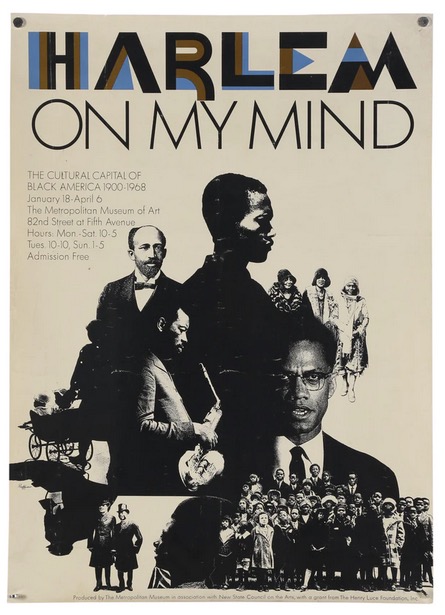
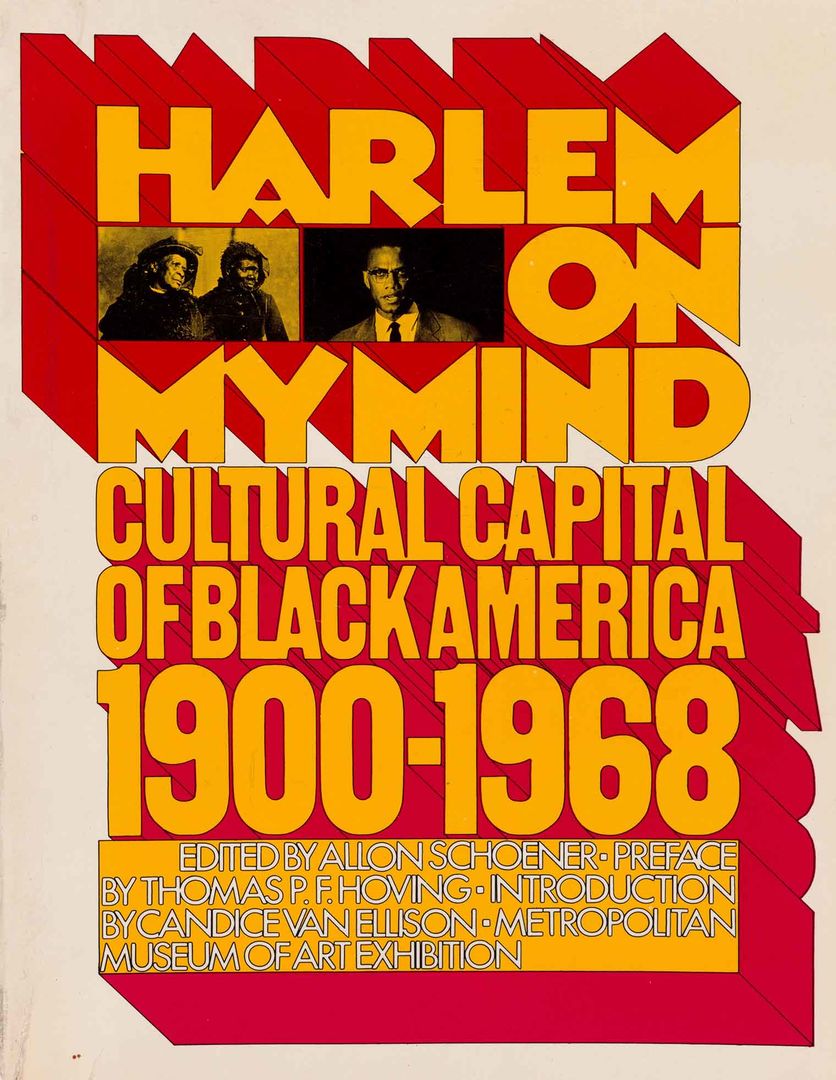
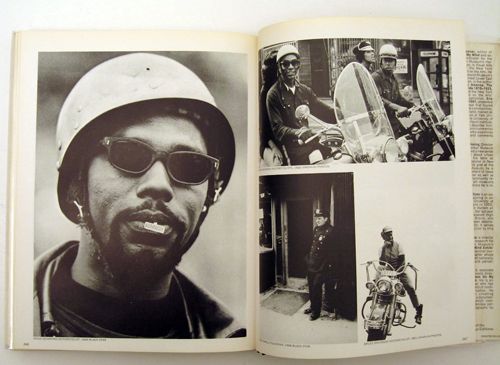
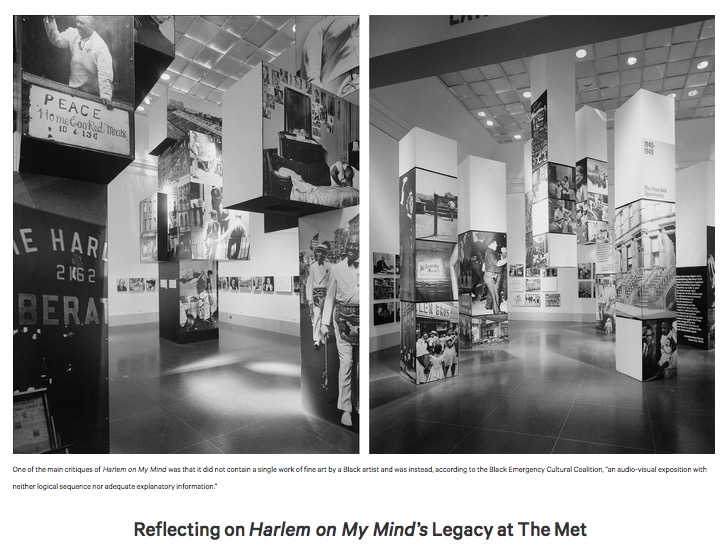




A really great and timely piece of writing, Allan. Bravo!
Amen!
A. D. Coleman’s 1969 Village Voice review is remarkable in its insight and prescience. In the 1980s Allon Schoener researched photos in the Magnum archives for his books on Italian-Americans, Chinese-Americans, and Jewish-Americans. He had no eye for photography and would invariably select the worst pictures that reduced his subjects to clichés and caricatures. Magnum photographers, he asserted, were politically authoritative and artistically better than anyone else. Branding was everything.
Undeterred by criticism he simply threw the images pell mell into confusing layouts and disorganized books that were conceived mainly as vehicles to attract funding for new “blockbuster” exhibitions that, like “Harlem on My Mind,” were all meant to feed his ego. He was a narcissist and name-dropper who, even as an octogenarian, never missed an opportunity to say he graduated from Yale. He professed counter-culture values but longed to be part of the old-boy network of designers, curators, and museum directors. The gatekeepers, who needs them?
My thanks for this and other supportive responses to this blast from the last century.
I wish I could say that culturally tone-deaf curatorship has become a thing of the past, but it hasn’t — though it has become rarer, and far more likely to get called out when it rears its head.
Be that as it may, the curatorial tendency to gather a jumble of disparate lens-derived materials (still, video, film, web-based) around some vague theme — water, media, China, gender — and throw the resulting pastiche out there on the assumption that synergy must inevitably result has not only persisted but metastasized.
Plus c’est la change, plus c’est la meme chose.